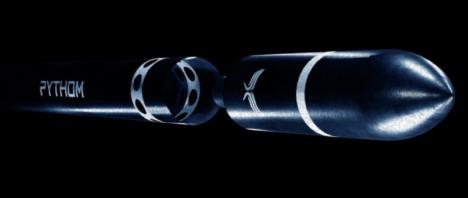That's easy for him to say, writes Elektroniktidningen. The company has managed to gather a group of experienced ex-Ericsson and ex-Nokia mobile phone engineers. Together they intend to develop so called pico basestations, small units intended mainly for indoor use with a range of perhaps a couple of hundred metres.
The output effect will be 0.25W, compared to 20-30W for ordinary basestations. This means that radio components will be considerably cheaper and there will be no need for a cooling fan. A normal basestation costs around SEK1m ($100,000), and Kjell Vernet expects Kevab's basestation to cost one twentieth of that.
A launch is planned for the second half of 2003, when the company believes that the market will be ready for the basestations. Kevab expects to sell both directly to operators and also to system vendors like Ericsson, Nokia, Siemens, NEC and others.
The concept is not entirely new, miniature GSM basestations already exists on the market, but these have not been very successful. However, according to Kjell Vernet, this is because developers have misunderstood the market and he also claims that the demand will be greater for UMTS than for GSM.
Gittan Cedervall


































